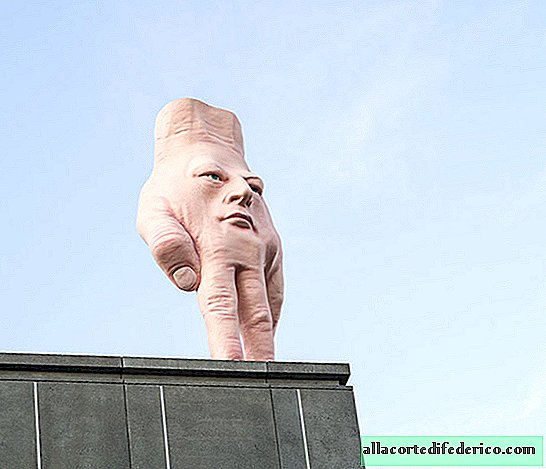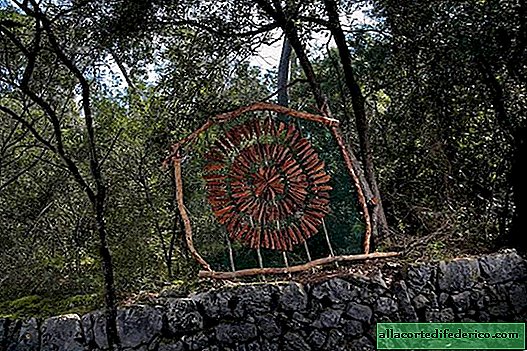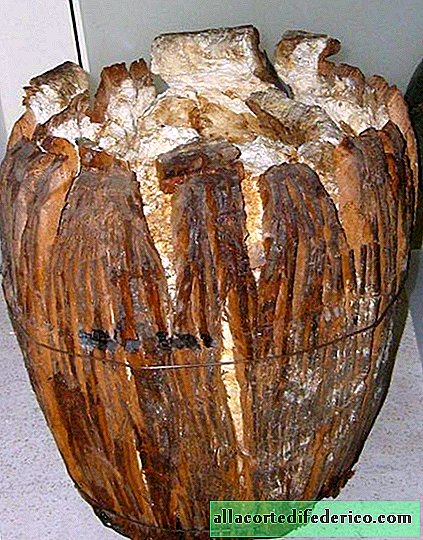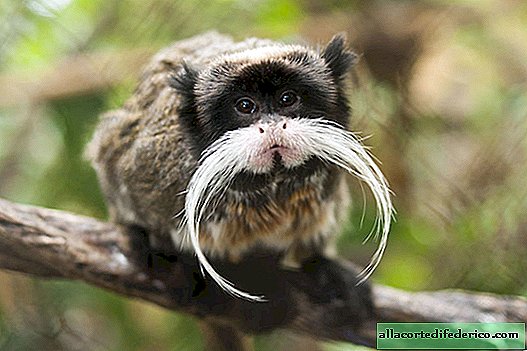White, black, puer: what kinds of tea are and what waste tea bags are made of
Most Russians drink black or green teas, and only a few gourmets are familiar with other varieties of this popular drink. Meanwhile, in terms of color, type of feedstock, as well as other features of production in the modern world, a large variety of types of tea is distinguished. Let's see how they differ from each other, and also from what waste products so beloved many tea is produced.
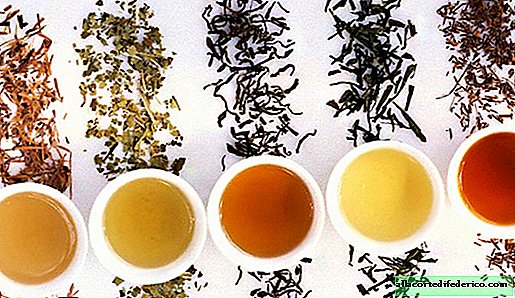
Tea bush is a plant called Chinese camellia (Caméllia sinénsis). And the tea varieties obtained from this plant are distinguished by the degree of fermentation or oxidation. Fermentation is the process of fermenting tea leaves at high temperatures. Depending on the degree of fermentation of the tea leaves, the final product is divided into several types.
Green tea

So, let's start with green tea. This type of tea undergoes minimal processing. After collection, it is only dried. Therefore, in the leaves of green tea the maximum amount of useful substances is preserved: vitamins and antioxidants. This tea has a positive effect due to the B vitamins contained in it, as well as vitamins C and PP. Tea has some antibacterial effect, and also helps to remove heavy metals such as lead, zinc and mercury from the body.
White tea

White tea is considered an elite type of tea. The fact is that it practically does not undergo oxidation (fermentation 5-7%), and for its preparation only the topmost one or two leaves are collected, which are still covered with a fluff and have not completely bloomed. This type of tea is one of the most expensive, partly because it is harvested for several weeks in the spring. It contains many vitamins, as well as valuable essential oils.
Yellow tea

Yellow tea comes next after white in the degree of fermentation, which is 7-10%. This is a very rare and expensive type of tea, which contains a large number of vitamins, amino acids and minerals, and the taste has light smoked notes. It is made from the highest quality tea buds, and the drying process itself requires considerable skill.
Red tea

Red tea is perhaps the only species other than green and black that mass consumers have heard of. It occupies an intermediate position between black and green tea. After collecting, the tea leaves undergo a drying process and short-term fermentation - only a day. This type of tea has a tonic effect and is recommended for people with low blood pressure. In addition, red tea contains a large amount of potassium.
Black tea

So beloved by the older generation, black tea is subjected after complete fermentation, as a result of which it acquires a dark brown or black color. The process of fermentation (oxidation) lasts about 2-4 weeks, depending on the type of tea and formulation. Black tea invigorates and tones, and it is the most common tea in the world.
Puer tea

Puer tea in its tonic properties resembles coffee. This tea is often referred to as a separate group, as it is made using a unique technology that involves artificial fermentation. Tea leaves after primary drying to the level of green tea are exposed to fungi of the species Aspergillus acidus. Such sophisticated technology greatly increases the price of the final product, but makes it unique.

In addition to the degree of fermentation and the resulting color, types of tea are distinguished by the quality of the feedstock. The most valuable is whole leaf tea, or premium tea. Only whole leaves and tea buds are used for its production. Mid-grade tea is made from damaged and broken leaves.
 Granular tea
Granular teaLower grade tea is ground tea, which is obtained from waste and ground tea production residues. It includes granular and packaged teas. These types of tea have a richer and richer taste, as the tea leaf is chopped. They also brew very quickly, giving the drink a rich color. But if granular teas are subjected to special grinding to obtain a rich taste, then packaged teas are made from tea dust and waste generated during the production of more valuable types of tea. Therefore, the very drink that everyone drinks at work and at home is actually nothing more than tea trash.







